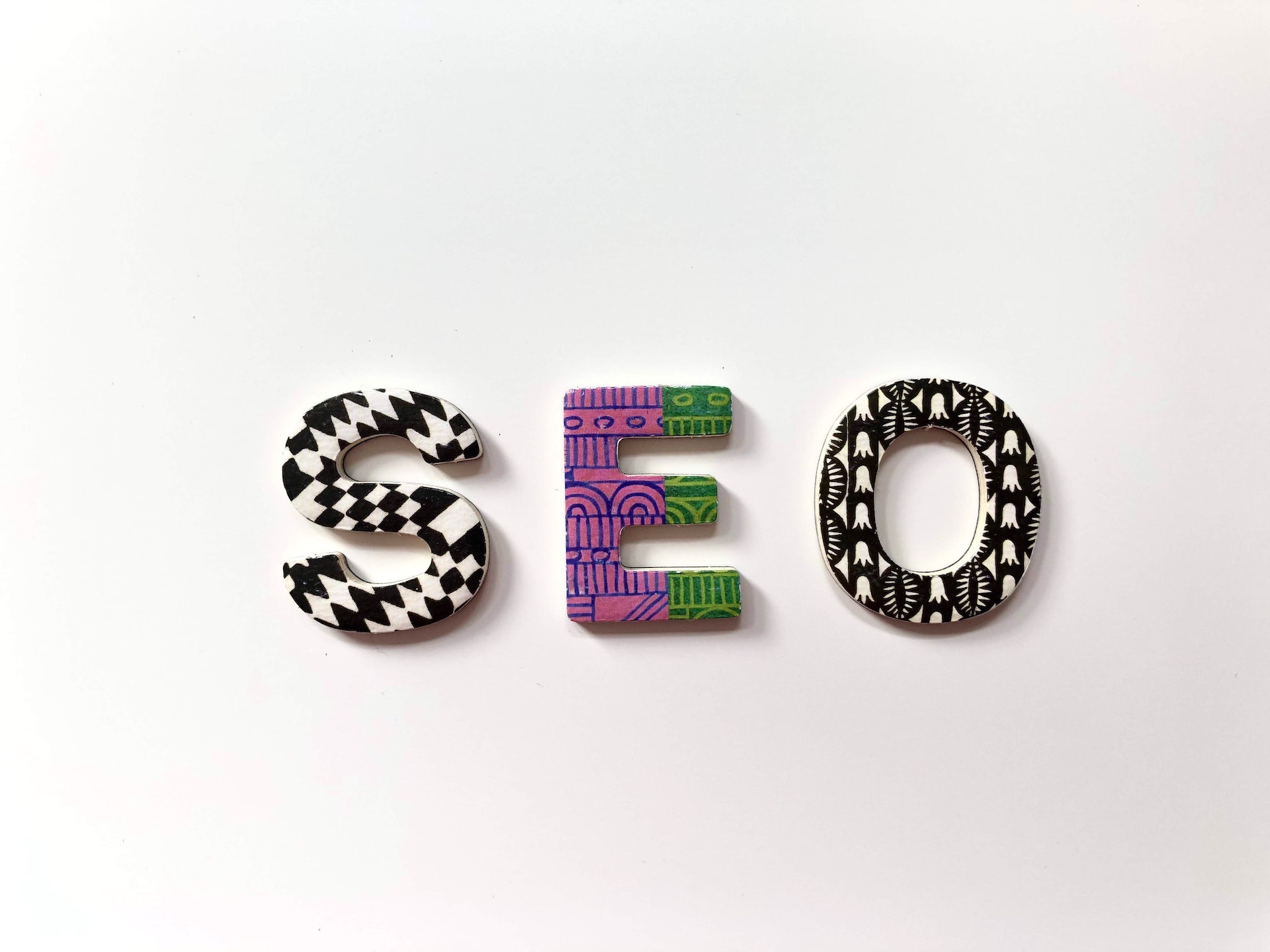How to Build Brand Awareness

Starbucks inspires an entire image of what their brand stands for just from their logo. It has high brand awareness around the world.
When you think about brand awareness, you may conjure up images of people queuing outside Apple stores for hours to get the latest iPhone. Brands like Apple and Nike have huge brand awareness with customers spread across the world. They influence how people behave and are integral parts of people’s lifestyles. Customers often stay loyal to these brands and keep coming back for more. How did these brands achieve this level of brand awareness? Is brand awareness something only big brands can aspire for? Although well-established brands have a higher brand awareness and can enhance it further, startups and SMBs should think about brand awareness right at the start of their journey too. In this article, we breakdown what brand awareness is and how you can go about establishing it for your startup or SMB.
What is brand awareness and why is it important?
Brand awareness describes how well a consumer knows a business, product or service. Brands will often work on identifying who their target audience is so they can measure how many of their desired customers are familiar with their brand.
Brands that have high brand awareness help customers stay loyal. Customers develop a sense of trust that deepens the more familiar they are with a brand. If a customer has a positive and fulfilling experience with your brand, they are more likely to come back to shop a second or third time.
4 ways to build brand awareness
There are different ways to build awareness for your brand. As a start, it’s a good idea to establish your brand’s identity and target audience. With these in mind, you can then work on creating a brand awareness strategy. Here are 4 different ways that can help you build brand awareness:
1. Create a social media strategy
Social media can be a rich source of information about your existing and potential customers. That being said, having a profile on every social platform may not be necessary. Do your research and figure out which platforms your target audience frequent. Then once you have made a choice on what platforms you want to have a social media presence on, you should create an organic as well as a paid strategy. Creating rich and interesting content can be a great way of building up a community on social media who you can then engage with. If you have offers or campaigns, then paid ads can also be a good way of reaching a wider range of potential customers.

Photo by NordWood Themes on Unsplash
2. Focus on your SEO
How your business appears on search engines is important for user perception. Users hardly ever go to the second page of the results page. Do some research around SEO techniques and best practices. By having a tailored content strategy and following SEO best practices, you can ensure your brand’s site has high visibility and your content is targeting your core desired audience. Complementing your SEO efforts with some paid search ads may also be a way of bringing users to your site and raising brand awareness.

3. Partner with other brands
Partnering with another brand could be a strategic way of creating value for both businesses. Once you have a firm understanding of the goals of a brand awareness campaign and your target audience, it will become easier to identify a potential brand that you could partner with. A good partnership will engage both brands’ customers, create some excitement, and add value as a whole. It isn’t necessary that the business you partner with has to be of a similar size. What is important is that you have similar goals, values and aspirations for your partnership.
When Starbucks partnered with Spotify, both brands found ways in which their customers were similar in terms of their interests and behavior. Starbucks employees would get a premium Spotify subscription to create playlists on Spotify and play music that would engage their customers. Other users could also get Starbucks points via Spotify.

Photo by Chris Liverani on Unsplash
4. Make sure you get the visual basics right
If you are a new business and in the process of making a first impression on potential customers, it’s essential that you have all the basics right. Starting from your logo, to your typography, it’s important that all visual elements speak to your brand’s identity. These should then feed into a clean website, and link back to your store if you have a retail presence.

Photo by Tobias Röder on Unsplash
Measuring brand awareness
Brand awareness campaigns can be expensive and it’s essential that you have a way of measuring and reporting back on the campaign results to the wider business.
Whatever activity you choose to pursue to create or increase brand awareness, be it a brand partnership, an event, or a social media campaign, you should establish measurement goals up front. Campaigns can be measured both qualitatively and quantitatively.
Qualitatively, you could set up engagement or uplift surveys. By getting feedback from customers who are visiting you in store -- or online -- you can get a wealth of information that you can then use for future campaigns. There are also other tools available such as Google Trends or social listening tools that can show you whether there’s an uplift in interest during the campaign period.
Quantitatively, digital metrics could be a good way of checking the impact of a campaign. This could be anything from traffic to your site, or specific actions such as swipe ups on an Instagram story, likes/comments on facebook, etc.
Brand awareness may seem like an intangible concept, and in a way, it is. But, there are different strategies and tactics you could try to get people more familiar with your brand, so they hopefully transform into loyal customers.


